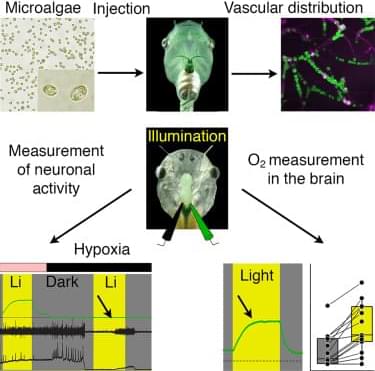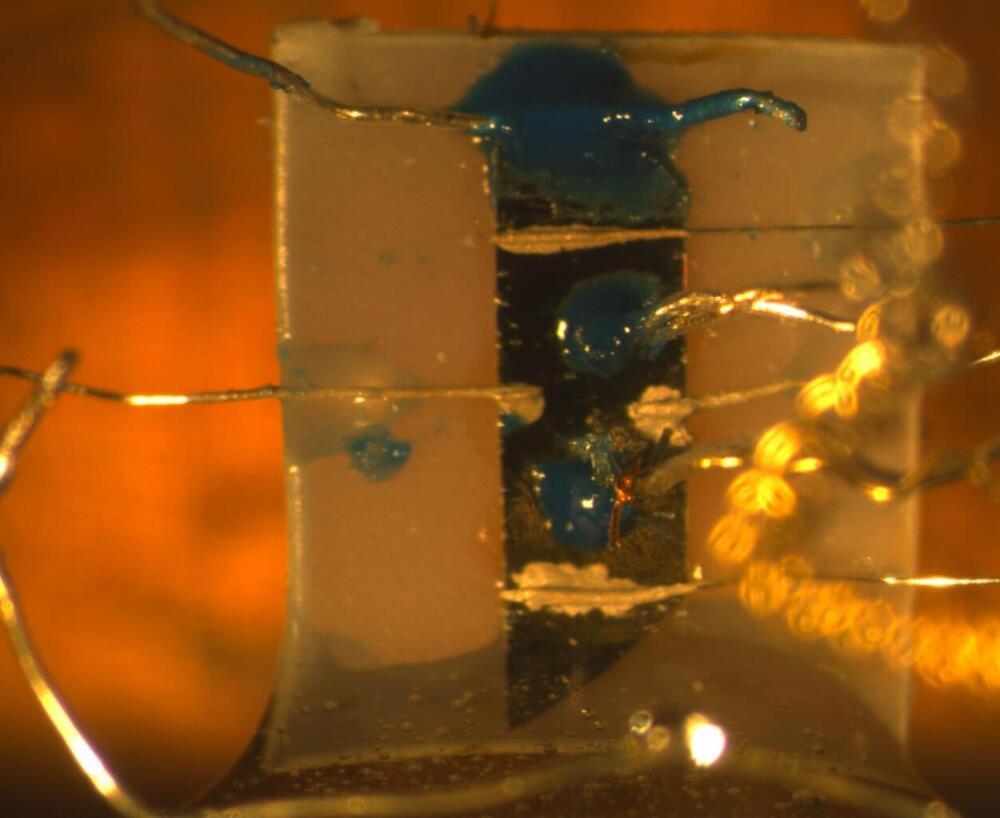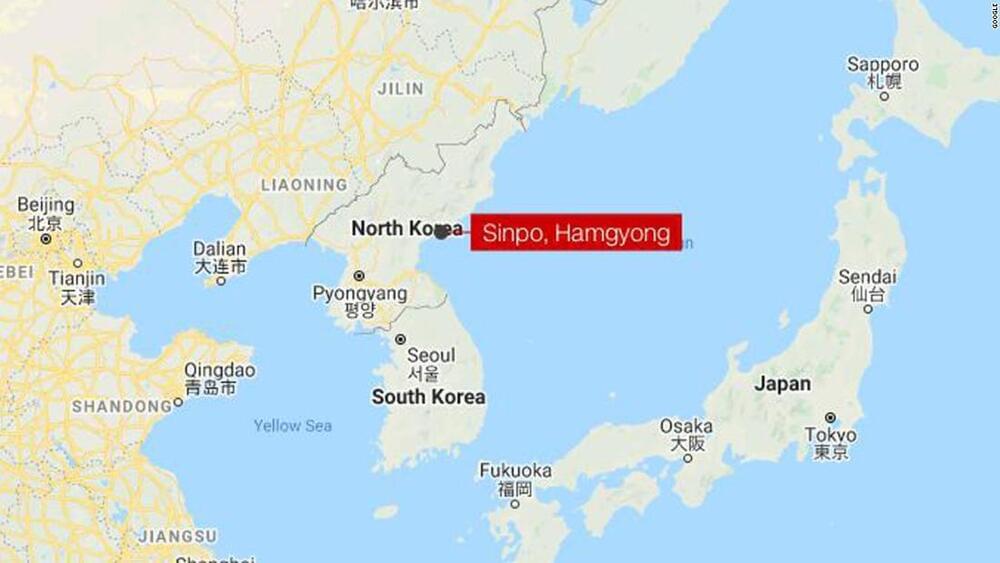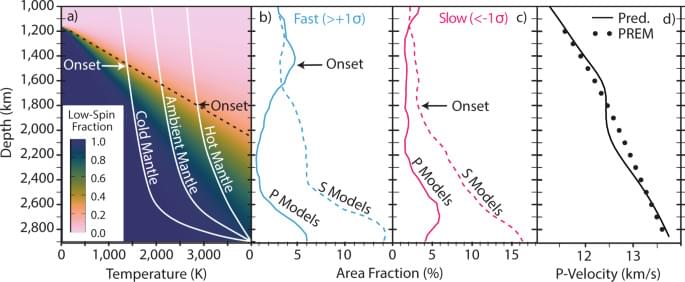It started as a fringe philosophical theory about humanity’s future. It’s now richly funded and increasingly dangerous by Phil Torres + BIO.




The central principle of superconductivity is that electrons form pairs. But can they also condense into foursomes? Recent findings have suggested they can, and a physicist at KTH Royal Institute of Technology today published the first experimental evidence of this quadrupling effect and the mechanism by which this state of matter occurs.
Reporting today in Nature Physics, Professor Egor Babaev and collaborators presented evidence of fermion quadrupling in a series of experimental measurements on the iron-based material, Ba1−x Kx Fe2As2. The results follow nearly 20 years after Babaev first predicted this kind of phenomenon, and eight years after he published a paper predicting that it could occur in the material.
The pairing of electrons enables the quantum state of superconductivity, a zero-resistance state of conductivity which is used in MRI scanners and quantum computing. It occurs within a material as a result of two electrons bonding rather than repelling each other, as they would in a vacuum. The phenomenon was first described in a theory by, Leon Cooper, John Bardeen and John Schrieffer, whose work was awarded the Nobel Prize in 1972.
Forward-looking: The service department can seem like the slowest part of a dealership, especially when it’s your car getting worked on. But Mercedes-Benz is infusing its dealerships with AR technology to speed up the diagnosis and repair of tricky and complex issues with its Virtual Remote Support, powered by Microsoft’s HoloLens 2 and Dynamics 365 Remote Assist. I visited one of Mercedes’ showcases last week to check out the implementation and get some hands-on time with the HoloLens 2.
For customers that bring in a hard-to-solve problem, it was common for Mercedes-Benz to call in a flying doctor, an expert from HQ that would fly in and get hands-on with an issue. That could take days to arrange, not to mention the costs and environmental impacts associated with flying in these technical specialists from all over the country. All the while, the customer is left without their luxury automobile.
While many shoppers go with a Mercedes for the styling and performance, it’s the service experience that impacts their future purchases. Long waits could see someone changing brands in the future.

A hacker has breached the Argentinian government’s IT network and stolen ID card details for the country’s entire population, data that is now being sold in private circles.
The hack, which took place last month, targeted RENAPER, which stands for Registro Nacional de las Personas, translated as National Registry of Persons.
The agency is a crucial cog inside the Argentinian Interior Ministry, where it is tasked with issuing national ID cards to all citizens, data that it also stores in digital format as a database accessible to other government agencies, acting as a backbone for most government queries for citizen’s personal information.
They show how intelligence and body plans are closely linked—and could unlock AI for robots.
NASA released five hours of new recordings.
Five hours of audio taken on the Red Plant by the rover Perseverance reveals the thick sounds of wind, the rover’s own tires, and Ingenuity in the distance.

North Korea fired at least one ballistic missile from its eastern coast on Tuesday morning, according to South Korean and Japanese officials.
The launch took place in the port city of Sinpo, Hamgyong province, at about 10 a.m. local time Tuesday (9 p.m. ET Monday), South Korea’s Joint Chiefs of Staff (JCS) said. In a text to reporters, the JCS said it appeared to be a submarine-launched ballistic missile (SLBM).
South Korea’s Defense Ministry said the missile is estimated to have been fired from the sea, but has yet to confirm whether it was launched from a submarine. Sinpo is home to a North Korean naval shipyard.
Integrated And Cross-Disciplinary Research Focused on Diagnosing, Treating And Curing Cancers — Dr. Antonio Giordano MD, PhD, President & Founder, Sbarro Health Research Organization.
Dr. Antonio Giordano, MD, Ph.D., (https://www.drantoniogiordano.com/) is President and Founder of the Sbarro Health Research Organization (https://www.shro.org/), which conducts research to diagnose, treat and cure cancer, but also has diversified into research beyond oncology, into the areas of cardiovascular disease, diabetes and other chronic illnesses.
Dr. Giordano is also a Professor of Molecular Biology at Temple University in Philadelphia, a ‘Chiara fama’ Professor in the Department of Pathology & Oncology at the University of Siena, Italy, and Director of the Sbarro Institute for Cancer Research and Molecular Medicine, and the Center for Biotechnology, at Temple’s College of Science & Technology.
In his research throughout the years, Dr. Giordano has identified numerous tumor suppressor genes, including Rb2/p130, which has been found to be active in lung, endometrial, brain, breast, liver and ovarian cancers, as well as interesting synergistic effects of gamma radiation in combination with this gene, accelerating the death of tumor cells.
Dr. Giordano went on to discover Cyclin A, Cdk9 (which is known to play critical roles in HIV transcriptions, inception of tumors, and cell differentiation), and Cdk10. Dr. Giordano also developed patented technologies for diagnosing cancer.
